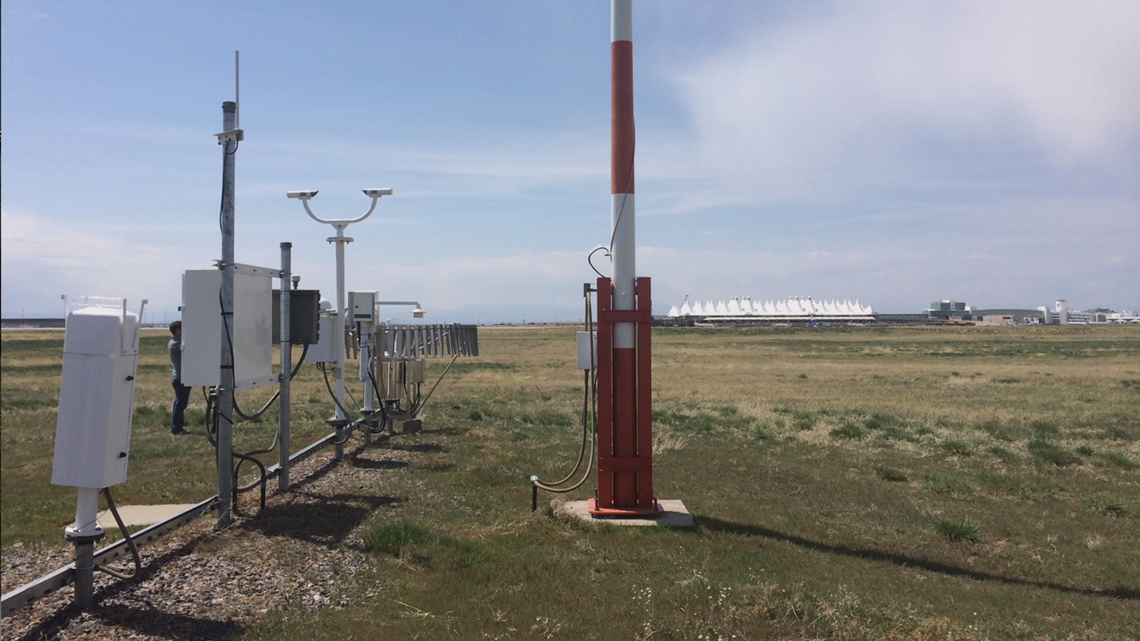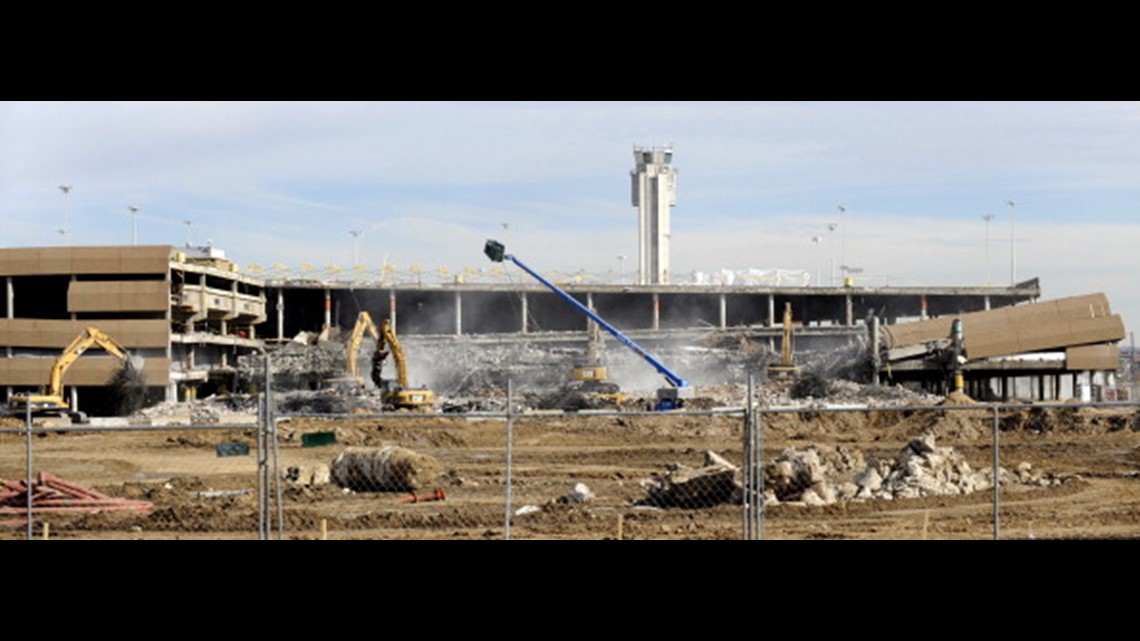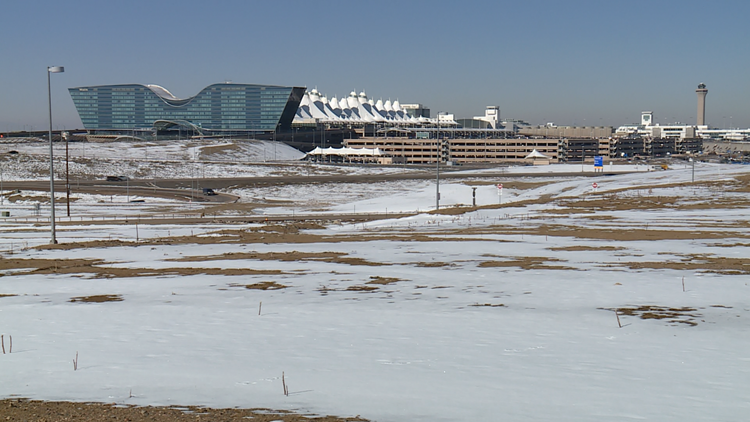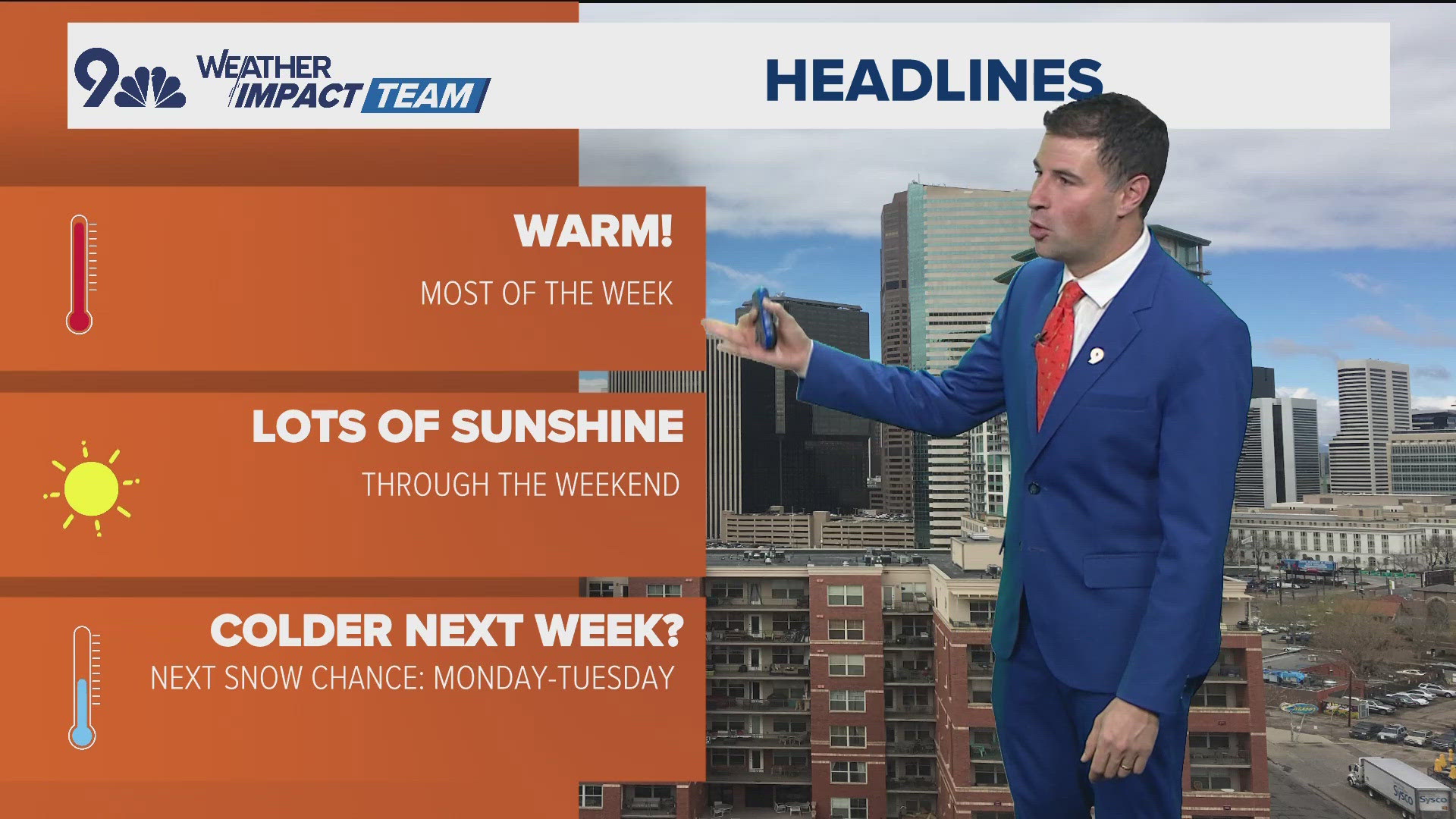DENVER — This story was first published in January 2019 and includes some outdated forecast details, but the answer is still the same!
Most of metro Denver got some big snow totals from Monday’s storm, but in the official record books, Oct. 14 is still listed as Denver’s biggest snowstorm of the season, at 2.7 inches.
That’s because the official weather station is at Denver International Airport, which only reported 2.3 inches Monday.


It’s been a topic that Denverites have been debating since the official weather station was moved to DIA in March 1995: Is that really a good place to represent the climate of Denver, especially when it comes to snowfall where there is a big discrepancy between DIA’s numbers and most of Denver’s population?
“We completely agree that it does not represent snowfall totals across metropolitan Denver,” said Paul Schlatter a meteorologist with the National Weather Service in Boulder. “Denver International Airport happens to be in a low spot of snow that can typically fall in a storm. It doesn’t benefit from the many terrain features that can be very significant in determining where the most snow falls.”
One common suggestion is to move the station back to Stapleton where it was between 1950 and 1995. It moved to DIA after the old airport's demolition.


Schlatter said that’s not easily done, and unlikely to happen.
“We’re kind of bound by FAA regulations, having the official measurement site at Denver International Airport,” Schlatter said.
He said the National Weather Service (NWS) relies on the airport, as do most cities in the U.S., to provide official weather data. And since automated snowfall data is not yet acceptable, and Colorado's NWS office is in Boulder, airport employees are who measures the snow.
Schlatter said they trained a few DIA security guards to properly measure and report snowfall every six hours as required by the FAA.
But even if the official station was moved back to Stapleton, it might not make much of a difference. At least not this season.
Monday’s storm only brought 2.4 inches to Stapleton, just a little bit more that the 2.3 inches at DIA.
For the season-to-date, DIA has only received 14.4 inches of snow. That’s 10.3 inches below the average of 24.7 inches (since snowfall records began at DIA in October of 2005).
Stapleton has recorded only 16.5 inches of snow. That’s 11.7 inches below average (28.2 inches), an even greater deficit than DIA.
Schlatter also points out that with as much as snowfall varies in the Denver metro from storm to storm, and even in single-storm events, a sensor located anywhere else might also vary greatly.
Just 20 miles due west of DIA, 11 inches of snow fell in Westminster on Monday. Twenty miles to the southeast, at the Denver Water Department, 5.4 inches fell. And 20 miles south in Parker, just 2.6 inches piled up.
Most of the weather stations in the Denver metro area show snowfall for the season very close to average, except for areas to the northeast, which includes DIA.
Here’s a look at where some of the other stats through January:
- Denver International Airport - 10.3” below average
- Denver Stapleton – 11.7” below average
- Denver Water Department – .6” above average
- Lakewood – 3.7” below average
- Denver Botanic Gardens - .2” above average
- Wheatridge – 16.7” below average
- Northglenn – 1.1” above average
- Golden - .4” below average
- Ralston Reservoir - .1” above average
- Brighton – 9” above average
- Morrison – 12.3” above average
- Waterton Canyon – 9.9” below average
- Evergreen – 7” below average
- Roxborough State Park – 22.8” above average
- Strontia Springs Dam - .4” above average
- Boulder – 8.8” above average
- Castle Rock – 2.9” below average
- Gross Reservoir – 7.7” below average
- Coal Creek Canyon – 4.1” above average



